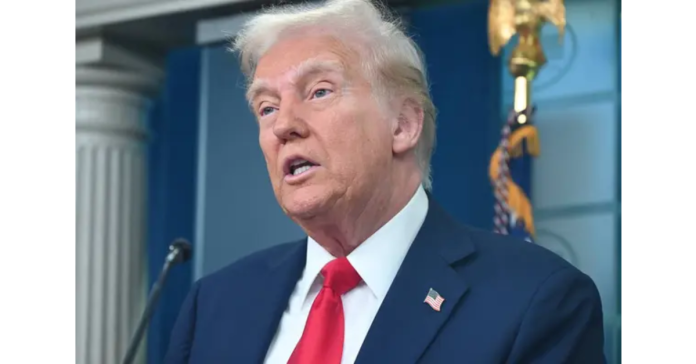
Russia’s latest missile stunt might look like a show of unstoppable power, but not everyone is buying the hype. President Donald Trump’s blunt dismissal of the Kremlin’s nuclear-powered cruise missile test cuts through the theatrics, highlighting the widening gulf between Moscow’s military posturing and Washington’s strategic priorities.
Dubbed “Skyfall” by NATO, the 9M730 Burevestnik has been trumpeted as a virtually unlimited-range weapon capable of evading any missile defense. Yet its test comes at an especially fraught moment in US-Russia relations, with canceled summits and looming decisions over whether Ukraine will receive long-range Tomahawk missiles. The result is a tense brew of military innovation, political signaling, and nuclear brinksmanship that demands close attention.
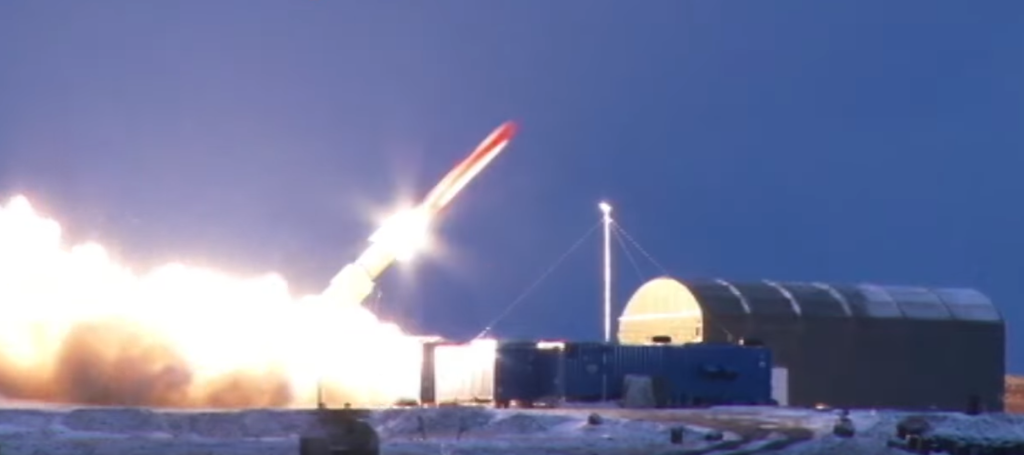
1. The Burevestnik’s Claimed Capabilities
Russia’s 9M730 Burevestnik is being heralded as the world’s first nuclear-powered cruise missile, with options to be fitted with conventional or nuclear warheads. According to Gen. Valery Gerasimov, its 14,000 km flight lasting 15 hours on October 21 showcased its vertical and horizontal maneuvering capabilities in order to bypass missile and air defense systems. Russian sources also argue it is capable of flying as low as 50 meters to avoid radar detection, a feature reminiscent of Cold War-era concepts such as America’s Project Pluto.
The Kremlin has framed the missile as a direct response to US missile defense developments after Washington’s 2001 withdrawal from the Anti-Ballistic Missile Treaty. President Vladimir Putin has called it a “unique product, unmatched anywhere else in the world,” positioning it as part of Russia’s nuclear deterrence strategy.

2. Trump’s Dismissive Response
President Trump has been openly unimpressed. Speaking aboard Air Force One, he argued that the US doesn’t need such a missile because “we have a nuclear submarine, the greatest in the world, right off their shores.” He criticized Putin’s focus on weapons testing instead of ending the war in Ukraine, calling the conflict “a war that should have taken one week” now entering its fourth year.
Trump’s comments emphasize that the range of the Burevestnik is strategically irrelevant given the existing US capability and that, from his perspective, Russia’s priorities are misplaced in the face of battlefield stalemates.

3. Timing and Political Messaging
But the timing was intentional: The test coincided with Trump’s cancellation of planned talks with Putin in Hungary, which left Moscow diplomatically on the sidelines. With the Burevestnik, the Kremlin wanted to flex its muscle and send a message to Washington about Russia’s nuclear reach – particularly as Trump weighs whether to supply Ukraine with long-range Tomahawk missiles.
Dressed in military fatigues for the announcement, Putin made plain that Russia will not be coerced to make concessions over Ukraine and will forge ahead with strategic weapons.

4. Technical Challenges and Safety Risks
Despite the bold claims, the viability of Burevestnik is questioned. Western experts have dubbed it the “flying Chernobyl” for allegedly carrying risky radiation from its nuclear propulsion. Tests in the past have been plagued by failures, one of which was the 2019 accident in the White Sea that killed five nuclear engineers and caused a radiation spike.
A similar US nuclear-powered missile project was abandoned in the 1950s because of safety concerns. The technology never became operable without putting people and the environment in danger.
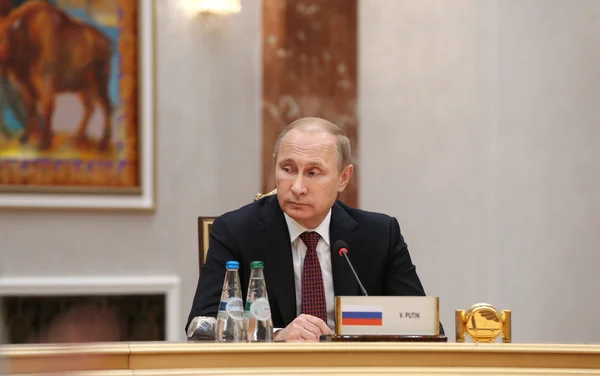
5. Russia’s Revised Nuclear Doctrine
Just weeks before the test, Putin signed a decree that expanded the conditions under which Russia might use nuclear weapons. The revised doctrine allows for nuclear use in response to conventional attacks that pose a “critical threat” to the sovereignty of Russia or its allies, such as Belarus. It also includes scenarios involving large-scale aerospace attacks or confirmed ballistic missile launches.
The doctrinal shift lowers the threshold for nuclear use and fits with Moscow’s emphasis on deterrence through advanced strategic systems such as the Burevestnik.
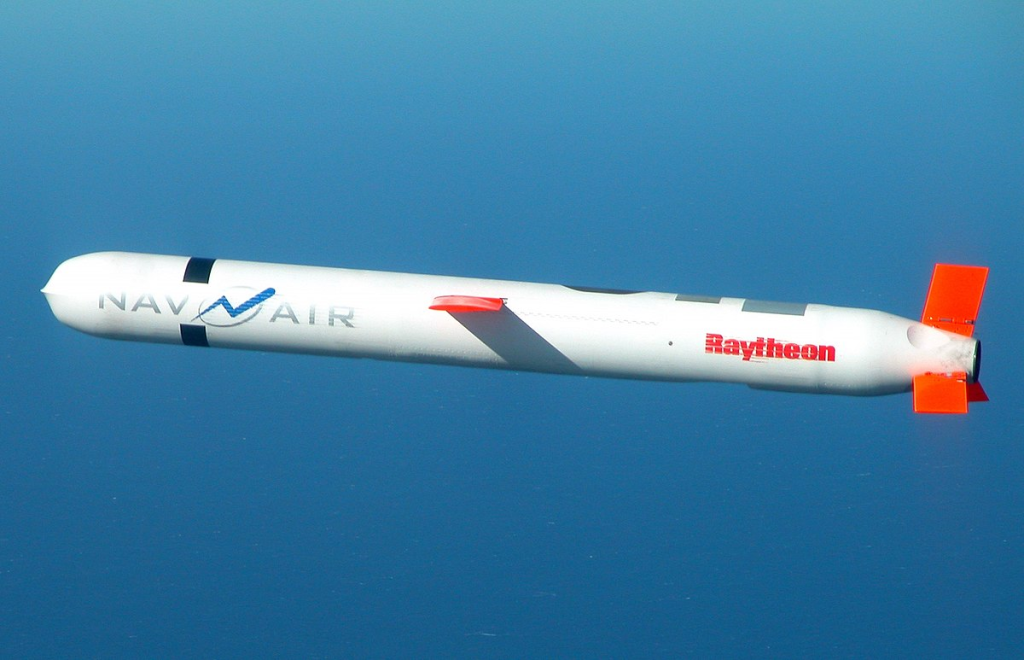
6. The Tomahawk Factor
A flashpoint is the request by Ukraine for US Tomahawk missiles. The Tomahawk can strike targets up to 1,600 miles away, flying low to evade radar and delivering precise, high-explosive payloads. Supplying them would put Russian infrastructure deep inside its territory within reach and would challenge long-held assumptions about homeland security.
Trump has hesitated, citing training requirements of up to a year and limited US stockpiles. Analysts warn that transferring Tomahawks could weaken US readiness in the Indo-Pacific, and that makes the decision a balancing act between European and Pacific priorities.

7. Ukrainian Strategy and Pressure
President Volodymyr Zelensky believes long-range missiles are necessary to compel Russia into negotiations. He has argued that Tomahawks could target Russia’s energy sector, a critical source of funding for its war effort. Historical precedent, such as the Allied bombing of Germany’s oil industry in WWII, suggests that sustained strikes could have strategic impact.
But Zelensky acknowledges that without sufficient numbers potentially hundreds the effect would be limited. The push for Tomahawks is part of a broader strategy to increase pressure on Moscow through both military and economic means.

8. US-Russia Military Signaling
The Burevestnik test was also followed by large-scale nuclear drills that involved all three legs of Russia’s nuclear triad: land-based ICBMs, submarine-launched missiles, and bomber-fired cruise missiles. It was all done together to reinforce deterrence and signal readiness to respond in the case of any further escalation. The counter-message of Trump, emphasizing US missile testing and submarine capabilities, reflects a posture of confidence in existing deterrent forces rather than pursuing parity in exotic weapons.
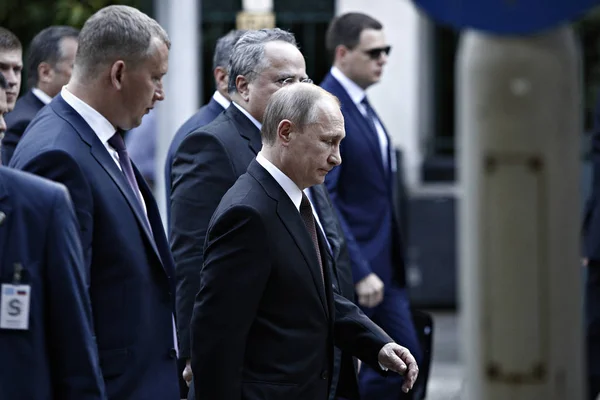
9. Strategic Implications for Arms Control
Weapons like the Burevestnik complicate future arms control efforts. With its nuclear propulsion, it further muddles the lines between delivery systems and reactors, raising environmental and verification problems. Experts like Jeffrey Lewis warn that it is “destabilizing and hard to address in arms control,” especially if it is deployed without transparency. The test underlines how Cold War-era treaties have been increasingly eroded and the challenge in negotiating limits on new technologies that do not fall within traditional categories.

10. The Road Ahead
Whether the Burevestnik becomes operational is yet to be seen. Technical problems, safety concerns, and the geopolitical risks of deploying a nuclear-powered missile are potential reasons it might not join Russia’s arsenal anytime soon. The US decision on Tomahawks will signal just how far Washington is ready to go to arm Ukraine for deep-strike capabilities. Meanwhile, both sides are using missile tests and public statements as means to shape perceptions, maintain deterrence, and influence the strategic calculus of allies and adversaries alike.
The Burevestnik test and Trump’s sharp retort encapsulate the current state of US-Russia relations: high-stakes signaling, contested technological claims, and strategic maneuvering over Ukraine’s future. For defense analysts, the episode was less about one missile’s range than about the broader interplay of doctrine, capability, and political will that will define the next phase of this confrontation.
